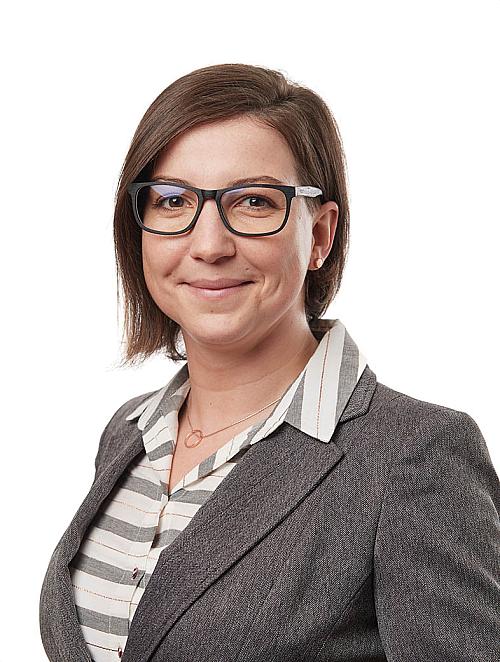Judit Svidró

Judit Svidró works as a Post-doc researcher at the Department of Materials and Manufacturing at Jönköping University School of Engineering.
She grew up in a city that’s the history of iron and steel industry extends as far back as the 18th century. The majority of the population was working in the steel mill, the foundry or the processing plant, so at least one of your relatives certainly had personal experience in iron and steelmaking. It was a part of our lives I would say. However, I understood the function of all the plants only later, during my undergraduate studies. The university also has a long-standing historical tradition in metallurgy and all my professors were so passionate about metal casting, that it rubbed off on me.
Her research covers the topic of molding materials used in metal casting. My interests include the thermal and thermophysical properties of foundry sands and moulding mixtures, reclamation processes and metal-mold reactions. Judit is now involved “New Generation of Foundry Sands”, co-funded by the Regional Development Council of Jönköping County. This project aims to make the casting manufacturing process more sustainable by the reduction of costs and environmental load through the development of silica sand with improved thermal properties.
She is also working in the project “LeanCast”, funded by Knowledge Foundation, which focuses on how to enable and control a lean and sustainable design and production of cast iron components.
Judit believes that additive manufacturing is gathering ground, penetrating into markets and product families that are traditionally covered by metal casting. The automotive industry is still the driving force when it comes to metal casting, so the further development of complex structural parts and lightweight components is always on the table, she said.
Moreover, market understanding, innovation requires deep technical knowledge and dialogue between actors working in industry and research. Her impression is, that foundries are increasingly investing in R&D and interested in taking part in research projects targeting even more fundamental topics. Engagement in competence development also became important and these tendencies are very advantageous since this approach provides continuous improvement in the world of technology.


